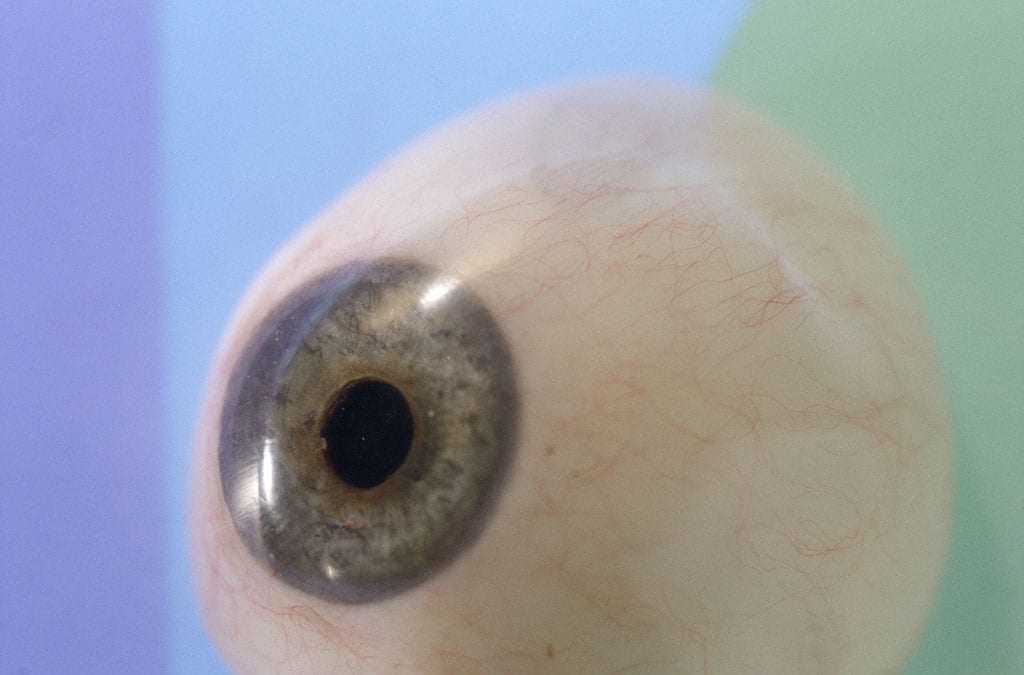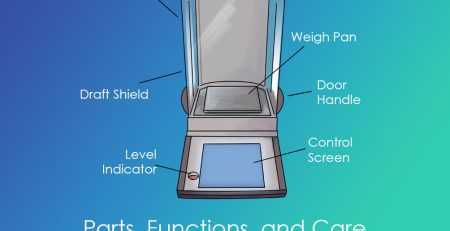Cause of Visual Impairment in Astronauts Found
The health risks of space travel aren’t new, but the cause of one condition affecting the vision of two-thirds of astronauts who served on long-term missions aboard the International Space Station (ISS) was presented at the annual meeting of the Radiological Society of North America last month. Over the last decade, flight surgeons and scientists at NASA began seeing a pattern of visual impairments in astronauts who flew long duration space missions, Phys.org reported. The astronauts experienced blurry vision and, in addition to other structural changes, flattening at the back of their eyeballs and inflammation of the head of their optic nerves.
The syndrome, known as visual impairment intracranial pressure (VIIP) is linked to changes in the colume of cerebrospinal fluid (CSF), which is found in the brain and spinal cord, IFLScience.com reported. “On Earth, the CSF balances out the different pressures the eye might experience when we change posture,” Alfredo Carpineti wrote. “But in space, due to microgravity, the eye doesn’t know up from down and it slowly deforms as the fluid becomes equally distributed around the nervous system.” To learn more about the role of CSF in space flight, study lead author Noam Alperin, Ph.D., of the University of Miami Miller School of Medicine and his team performed high-resoluation orbit and brain MRI scancs before and shortly after spaceflights for seven long-duration mission ISS astronauts and compared these results to those from nine short-duration mission space shuttle astronauts.
They found long-duration astronauts had a significantly greater post-flight increase in orbitatl CSF volume and ventricular CSF volume.”The research provides, for the first time, quantitative evidence obtained from short- and long-duration astronauts pointing to the primary and direct role of the CSF in the globe deformations seen in astronauts with visual impairment syndrome,” Dr. Alperin said. According to Phys.org, identifying the origin of the space-induced ocular changes is still necessary for the development of countermeasures to protect future crews from the effects of long-duration exposure to microgravity.














